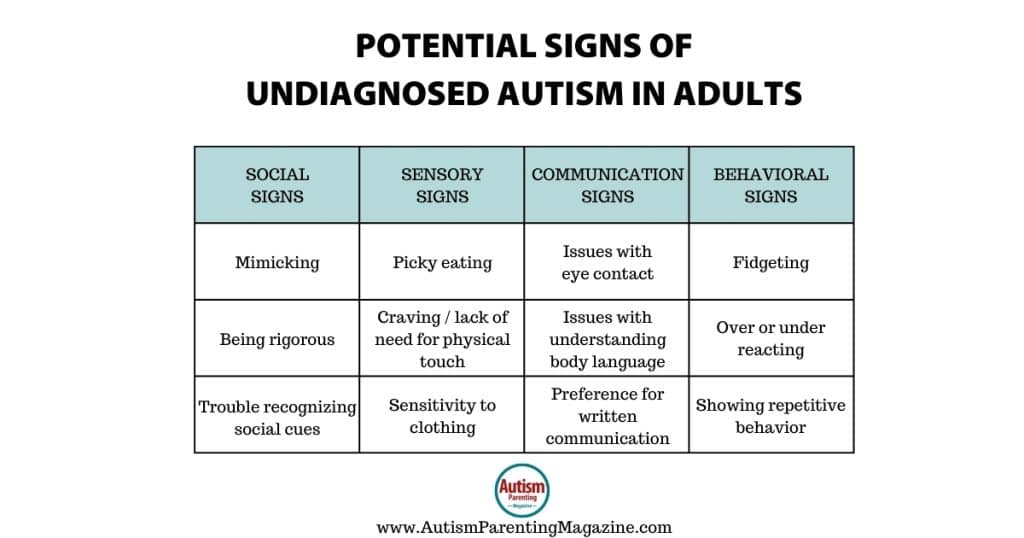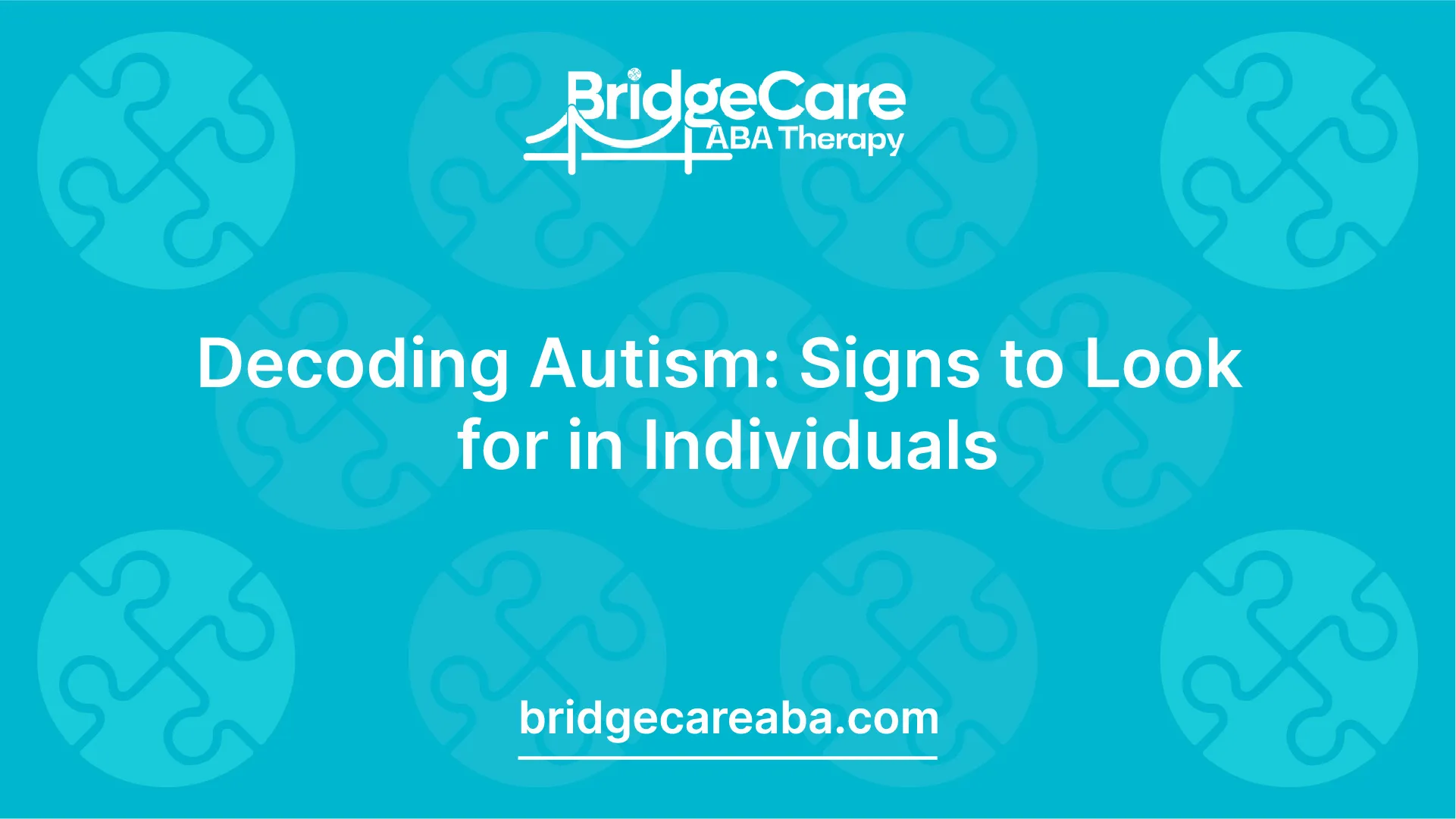Turning challenges into growth using Autism Behavioral Therapy tools
Comprehending the Influence of Behavioral Autism on Every Day Life and Social Communications
You might not recognize how deeply behavior autism influences day-to-day live and social interactions. Individuals on the range commonly browse a world filled with interaction obstacles and sensory overload. These obstacles can lead to frustration and isolation, impacting their connections and overall well-being. Recognizing these subtleties is vital for cultivating encouraging settings. What techniques can we execute to create even more significant links and comprehensive areas? The responses might amaze you.
Defining Behavioral Autism and Its Qualities
Behavior autism, commonly described as autism spectrum problem (ASD), encompasses a variety of problems defined by obstacles in social communication, communication, and repeated behaviors. You could observe that individuals with ASD usually battle to translate social signs, which can cause misunderstandings in discussions. They may locate it tough to develop eye contact or participate in tiny talk, making social circumstances really feel overwhelming.
Communication problems can show up in different ways, from delayed speech growth to a preference for making use of fewer words. Repetitive actions, such as hand-flapping or shaking, can serve as coping systems to manage stress and anxiety or sensory overload. These attributes can profoundly affect every day life, making it essential for you to comprehend and sustain those with ASD. By recognizing these qualities, you can promote an atmosphere that advertises acceptance and encourages efficient interaction, helping individuals with autism flourish in their everyday interactions.
The Spectrum of Autism: Understanding Irregularity in Actions
Autism range disorder (ASD) isn't a one-size-fits-all diagnosis; it varies widely amongst people. You might notice that some people with ASD display moderate signs and symptoms, while others may face more significant difficulties. This variability can materialize in habits, rate of interests, and sensory sensitivities. You might run into people who are very verbal and involve conveniently in discussions, while others could favor singular activities or connect non-verbally.
In addition, the means individuals with ASD react to sensory input can differ significantly; some may be bewildered by brilliant lights or loud noises, whereas others flourish in boosting atmospheres. The spectrum additionally includes distinctions in social interactions; some people may struggle to analyze social hints, while others browse social settings with family member convenience. Recognizing this variability is vital, as it aids you value everyone's distinct experience and tailor assistance to their specific demands, promoting an extra inclusive atmosphere for every person.
Communication Obstacles Encountered by Individuals With Autism
When you engage with people on the autism spectrum, you may observe their unique interaction obstacles. They commonly encounter problems with both nonverbal and verbal hints, which can influence their social interactions. Understanding these barriers is crucial for fostering much better links and assistance.

Verbal Interaction Troubles
Lots of people on the autism range experience spoken communication troubles that can significantly influence their day-to-day communications. You may find it testing to share your thoughts, sensations, or requires plainly. This can lead to stress for both you and those around you, as misconceptions take place. You may fight with launching conversations, maintaining a subject, or comprehending nuances in speech. Usually, you could prefer using basic language or repetitive expressions, which can restrict your ability to participate in much deeper discussions. Your tone, volume, or rate might not straighten with social assumptions, creating others to misunderstand your objectives. Acknowledging these difficulties can aid you and your support network create techniques to boost communication and promote far better connections with others in your every day life.
Nonverbal Communication Obstacles
Spoken interaction isn't the only challenge individuals on the autism spectrum face; nonverbal communication obstacles can be equally as significant. You might discover it hard to translate body language, facial expressions, and eye call, which are essential for effective interaction. These difficulties can cause misunderstandings or false impressions of social signs, making communications feel overwhelming or confusing. You might have a hard time to share your very own feelings through nonverbal methods, leaving others unclear of your purposes or feelings. This separate can create sensations of isolation and aggravation. Recognizing these obstacles is crucial for cultivating understanding and compassion in your communications. By attending to nonverbal interaction, you can discover techniques to improve your social experiences and enhance your total lifestyle.
Social Interaction Effects
Social interactions can frequently feel overwhelming due to the distinct interaction obstacles dealt with by people with autism. You might have problem with interpreting social signs, making it difficult to comprehend sarcasm or body language. This can cause misconceptions or awkward moments in discussions. Furthermore, starting and preserving conversations might really feel tough, triggering stress and anxiety in social use this link situations. You might choose organized settings, making spontaneous communications unpleasant. It's additionally common to experience difficulty in involving in tiny talk, which can impede developing new relationships. Identifying these obstacles can assist you discover strategies to enhance interaction, such as practicing social abilities in risk-free settings or utilizing visual aids - Autism Therapist. Comprehending your requirements enables you to navigate social interactions with higher confidence and ease.
Social Communication and Partnership Structure in Autism
While building relationships can be testing for people with autism, comprehending their one-of-a-kind perspectives and communication styles can cultivate purposeful links. You may discover that many people on the range like straight communication and might battle with social hints or small talk. By being straightforward in your interactions, you can assist develop an environment where they really feel comfy.
Engaging in shared interests can likewise offer as a bridge to much deeper links. Whether it's a hobby, a favored program, or a mutual passion, these usual threads can open up doors to friendship.
Day-to-day Live Regimen: Browsing Techniques and obstacles
Maneuvering day-to-day life regimens can be particularly challenging for people with autism, particularly when unforeseen modifications occur. To browse these difficulties, take into consideration carrying out visual timetables or lists.
Developing a regimen that includes sensory breaks can additionally be helpful. You can prepare short breaks throughout your day to charge. It's vital to connect with those around you, allowing them know your preferences and requirements. This aids produce an understanding environment.
Last but not least, technique mindfulness strategies to handle tension and anxiety. Basic breathing exercises or grounding strategies can make a significant distinction. By integrating these methods, you can enhance your daily routine and lessen interruptions, making life really feel more convenient.
Staminas and Capabilities of People on the Autism Range
Comprehending day-to-day life routines is simply one aspect of the autism experience. Several people on the autism spectrum have exceptional staminas and capabilities that set them apart.
Additionally, your memory skills typically shine, specifically in locations of rate of interest. Aba Therapist Near Me. This propensity for maintaining information can make you a beneficial resource in areas like modern technology, art, or scientific research. You may additionally exhibit solid aesthetic reasoning, allowing you to imagine complicated concepts and solve troubles artistically
Additionally, your one-of-a-kind point of view on the world can cultivate empathy and understanding in others, enriching social communications. Accepting these strengths not only increases your self-confidence yet likewise helps others value the diverse talents you offer the table.
Producing Comprehensive Atmospheres for Individuals With Autism
Producing comprehensive atmospheres for people with autism starts with designing sensory-friendly areas that provide to their special requirements. You can also promote chances for social communication, assisting to construct relationships and connections. By making these changes, you'll contribute to an extra welcoming atmosphere for every person.
Designing Sensory-Friendly Spaces
While making sensory-friendly rooms, it's crucial to mirror on the unique requirements of individuals with autism. Include silent areas where individuals can pull back and recharge when overwhelmed. Consist of visual routines or clear signage to aid people browse the room confidently.
Advertising Social Communication Opportunities
Creating sensory-friendly areas not only addresses specific convenience yet likewise establishes the stage for meaningful social interactions among individuals with autism. To promote these interactions, create comprehensive atmospheres that invite engagement. Organize organized activities, like art courses or team games, that urge cooperation without overwhelming sensory input. Usage visual help and clear communication to help every person involve comfortably. Encourage peer mentoring, matching individuals with autism with encouraging peers who can assist them through social scenarios. Furthermore, think about hosting normal neighborhood events that celebrate neurodiversity, promoting approval and understanding among all individuals. By implementing these approaches, you can enhance social possibilities, helping people with autism develop relationships and strengthen their social abilities in a safe, welcoming setting.

Often Asked Inquiries
Exactly How Can Buddies Assistance A Person With Behavioral Autism?
You can sustain a buddy with behavioral autism by being individual, paying attention proactively, and respecting their borders. Engage in tasks they enjoy, connect openly, and develop a comfy atmosphere where they really feel valued and understood.
What Resources Are Readily Available for Moms And Dads of Kid With Autism?
You can check out various sources for moms and dads of kids with autism, consisting of support system, instructional websites, and regional social work. Attaching with various other parents can likewise supply useful understandings and shared experiences to assist navigate challenges.
Can Behavioral Autism Adjustment Gradually?

Yes, behavior autism can alter in time. You could discover changes in communication, social abilities, and behavior as your youngster grows. Early treatment and assistance typically play vital functions in these developing modifications.
Just How Do Sensory Sensitivities Affect Daily Life?
Sensory sensitivities can make day-to-day experiences frustrating. You might fight with loud sounds or brilliant lights, causing stress this link and anxiety or evasion. Locating atmospheres that accommodate your needs can significantly boost your convenience and total day-to-day live.
What Are Common Misconceptions About Behavioral Autism?
You might believe behavior autism only influences communication abilities, yet it's more complex. Lots of presume people do not have compassion or intelligence, which isn't true. Recognizing these false impressions helps foster acceptance and support for those on the spectrum.
Behavior autism, often referred to as autism spectrum disorder (ASD), incorporates an array of problems defined by difficulties in social interaction, communication, and recurring habits.Social interactions can often really feel overwhelming due to the special communication obstacles dealt with by individuals with autism.Designing sensory-friendly areas not only addresses specific comfort however also establishes the phase for meaningful social interactions amongst visit people with autism. Motivate peer mentoring, coupling people with autism with helpful peers that can direct them through social situations. By applying these strategies, you can improve social opportunities, helping individuals with autism construct relationships and reinforce their social abilities in a secure, welcoming environment.